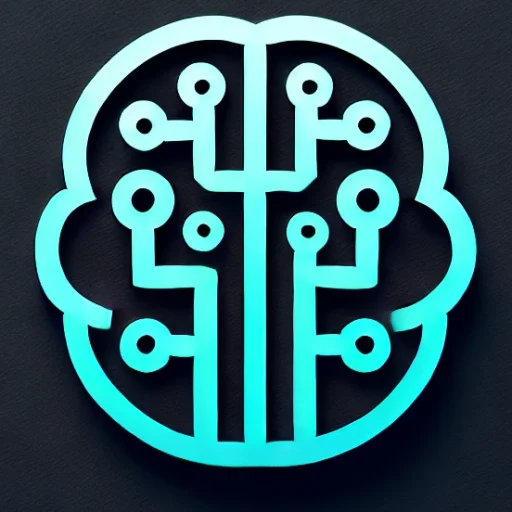
Introduction
In recent years, the rise of generative AI has captured the imagination of both the tech industry and the public. From creating stunning art to composing music and writing stories, generative AI is pushing the boundaries of what machines can do. This AI paradigm, which involves the use of models to generate new content, is not just a technological novelty but a transformative force impacting various industries. In this blog, we explore the latest advancements in generative AI, its real-world applications, and the challenges and future outlook of this rapidly evolving field.
Key Insights & Latest Advancements
Generative AI is primarily powered by deep learning models like Generative Adversarial Networks (GANs) and transformers. These models have seen significant advancements:
-
Transformer Models: Since OpenAI’s release of GPT-3, transformers have revolutionized natural language processing (NLP), enabling machines to understand context, translate languages, and even generate human-like text.
-
GANs and Image Generation: GANs continue to lead in creating hyper-realistic images and videos. NVIDIA’s StyleGAN, for instance, is known for its ability to produce high-quality images that are indistinguishable from real photos.
-
Diffusion Models: Recently, diffusion models have emerged as powerful alternatives to GANs for image synthesis, offering a new approach to creating detailed and complicated visuals.
Real-World Applications
Generative AI is not just confined to artistic endeavors; its applications span several sectors:
-
Entertainment and Media: AI-generated content is becoming a mainstay in video games, film animation, and even news coverage, where AI-driven scriptwriting and scene rendering are being explored.
-
Healthcare: In drug discovery, generative models help design new molecules, accelerating the development of treatments by predicting how different compounds might interact with biological targets.
-
Fashion and Design: AI is being used to innovate in fashion, helping designers create new styles by suggesting color palettes and patterns, and even forecasting fashion trends.
-
Marketing and Advertising: AI aids in the creation of personalized ad content, ensuring that marketing materials resonate with the target audience through data-driven insights and creative generation.
Challenges & Future Outlook
Despite its potential, generative AI faces several challenges:
-
Ethical Concerns: The ability of AI to generate deepfakes and misinformation poses significant ethical dilemmas. Ensuring the authenticity and integrity of AI-generated content is paramount.
-
Bias and Representation: Generative models, trained on biased datasets, can perpetuate stereotypes and unfair representations, necessitating robust mitigation strategies.
-
Intellectual Property: The legalities surrounding AI-generated content, particularly in terms of ownership and copyright, remain murky and are an area of active debate.
Looking ahead, the future of generative AI is promising. Researchers are working towards more efficient models that require less computational power, as well as more interpretable algorithms that provide insights into how AI makes decisions. As these technologies mature, they will likely integrate more deeply into our daily lives, driving innovation across sectors.
Conclusion
Generative AI is at the forefront of a new era of computing, melding creativity with technology. It offers vast potential to innovate across industries, yet it necessitates careful consideration of ethical and practical challenges. As we advance, the key will be to harness the power of generative AI responsibly, ensuring it complements human creativity and industry needs. This balance will define how we benefit from this groundbreaking technology in the years to come.

